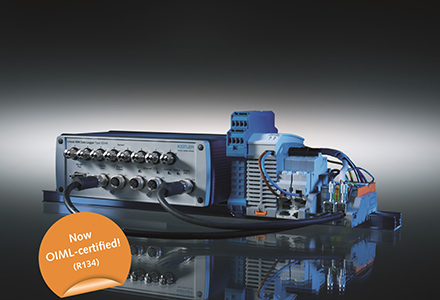
Kistler is the first WIM manufacturer to have received the International Organisation of Metrology (OIML) R-134 certificate for vehicle weighing with strip sensors. Supported by this certificate, the company’s WIM systems based on maintenance-free Lineas quartz WIM sensors and the Kistler WIM data logger can now be used for legal applications.





